The Price of Preferential Treatment: Taiwan's High-Stakes Tariff Calculus
Taiwan faces high-stakes tariff talks with the US. Discover the strategic calculus behind securing preferential rates, the cost of market access, and the geopolitical dance shaping its economic future.

Navigating the New Trade Reality
As the Trump administration's transactional trade policy swept across the globe, imposing 'reciprocal' tariffs, found itself under immense pressure. With a self-imposed August 1st deadline looming, Taipei's negotiation team, led by Vice Premier , engaged in four intense rounds of talks in with high-level US officials, including US Trade Representative Jamieson Greer and US Secretary of Commerce Howard Lutnick. The initial US proposal was a substantial 32 percent blanket tariff on most Taiwanese goods, with notably set aside for separate negotiations. Executive Yuan spokeswoman Michelle Lee confirmed that 'technical consultations' had concluded, and while a joint statement awaited President final approval, a 'certain degree of consensus' had been reached on critical issues like tariffs, non-tariff trade barriers, investment, procurement, and supply chain resilience. Taiwan's unwavering stance throughout these discussions centered on protecting its national and industrial interests, ensuring public health, and safeguarding food security, a clear signal of the difficult balance ahead.
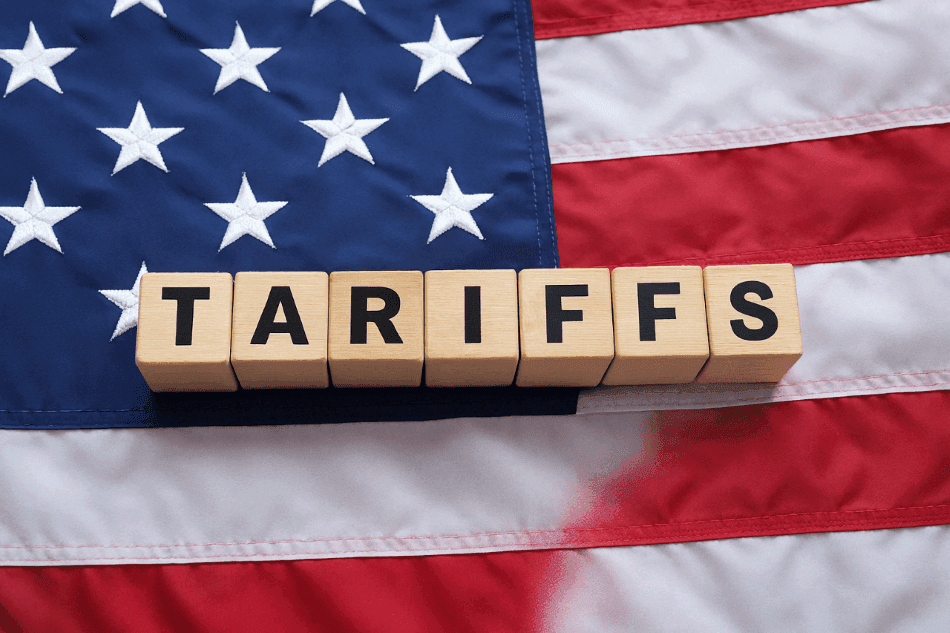
The Playbook: How Others Secured Their Rates
Taiwan's urgent negotiations unfolded against a backdrop where many of its trading partners had already secured their tariff fates. The Trump administration's playbook was clear: preferential rates were earned through significant concessions. East Asian powerhouses like and , for instance, managed to reduce their proposed 25 percent tariffs down to a more palatable 15 percent. Similarly, saw its formidable 46 percent proposal drop to 20 percent, while the landed at 19 percent from an initial 20 percent. These deals weren't just about tariffs; they involved commitments from Japan, South Korea, the , and various Southeast Asian nations to open their markets to more US goods, coupled with substantial investments in and procurement from America. Scholars quickly pointed out that increased investment commitments to the US would be Taiwan's key to unlocking a similar 'best rate tariff,' which Taiwanese officials optimistically assumed would mirror Japan's 15 percent. With facing a 25 percent tariff and Taiwan remaining the sole outlier among the top 10 US trade deficit nations without announced rates, the pressure to follow this established blueprint was undeniable.
Taiwan's Balancing Act: Economy vs. Sovereignty
While the path to lower tariffs seemed to involve market liberalization and increased US investment, this presented a complex domestic challenge for Taiwan. President 's early indication of willingness to discuss 'bilateral zero tariffs' with the US, while economically appealing for some sectors, immediately triggered significant backlash. Agricultural industries, in particular, voiced strong concerns that opening the Taiwanese market to American farm products would severely hurt local producers, jeopardizing livelihoods and food security. Taiwan's negotiation team, therefore, found themselves navigating a delicate tightrope: securing favorable trade terms without undermining critical domestic industries or public health standards. Beyond the immediate tariff rates, Taipei also expressed intentions to increase purchases of US goods, boost defense spending, and address US concerns regarding transshipments and existing trade imbalances. This intricate dance highlights the inherent tension between pursuing essential economic partnerships and fiercely safeguarding national interests, a trade-off that often requires politically difficult concessions at home.

The Unpredictable Variable: Geopolitics and Tech
Taiwan's tariff calculus is never purely economic; it's intricately woven with its unique geopolitical standing and its indispensable role in global . The initial US proposal to exempt from the blanket 32 percent tariff, setting them aside for separate negotiations, speaks volumes about Taiwan's strategic importance. As a crucial player in global supply chains, particularly in advanced chip manufacturing, Taiwan holds a unique leverage point. The discussions extended beyond traditional trade, encompassing cooperation in technology and national security – areas where Taiwan is a vital US partner. This intertwining of economic and strategic interests means that tariff negotiations aren't just about import duties; they're also about securing supply chain resilience, fostering technological alliances, and reinforcing broader geopolitical alignments in a volatile region. The 'best rate tariff' isn't merely a commercial discount; it's a reflection of a deeper, high-stakes relationship where Taiwan's economic prosperity and its security are inextricably linked to its ability to navigate a transactional global trade environment, especially given its critical position in the landscape.
Related Articles
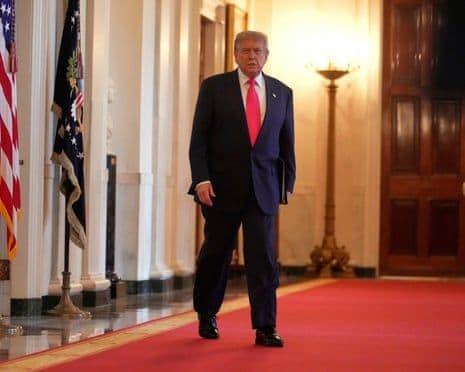
The Reciprocal Ripple: Unraveling Trump's Trade Gambit on the Global Stage

The Reciprocal Ripple: Unraveling Trump's Trade Gambit on the Global Stage
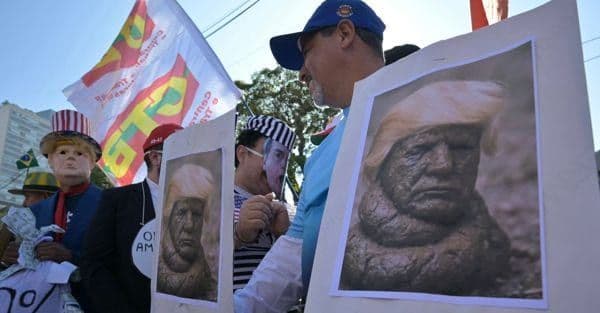
The Unpredictable Toll: Unpacking Trump's Differentiated Tariffs on Global Partners

The Unpredictable Toll: Unpacking Trump's Differentiated Tariffs on Global Partners
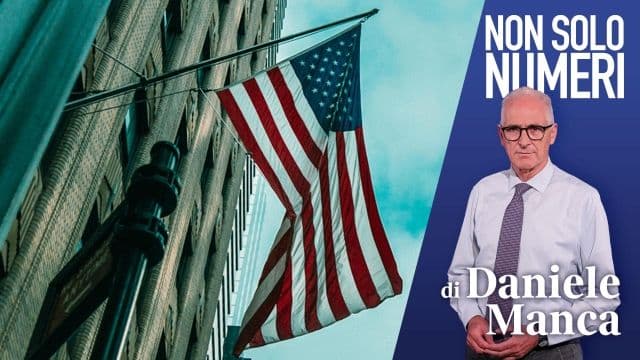
Beyond the Numbers: Unraveling the True Impact of Trump's Global Tariff Gambit

Beyond the Numbers: Unraveling the True Impact of Trump's Global Tariff Gambit
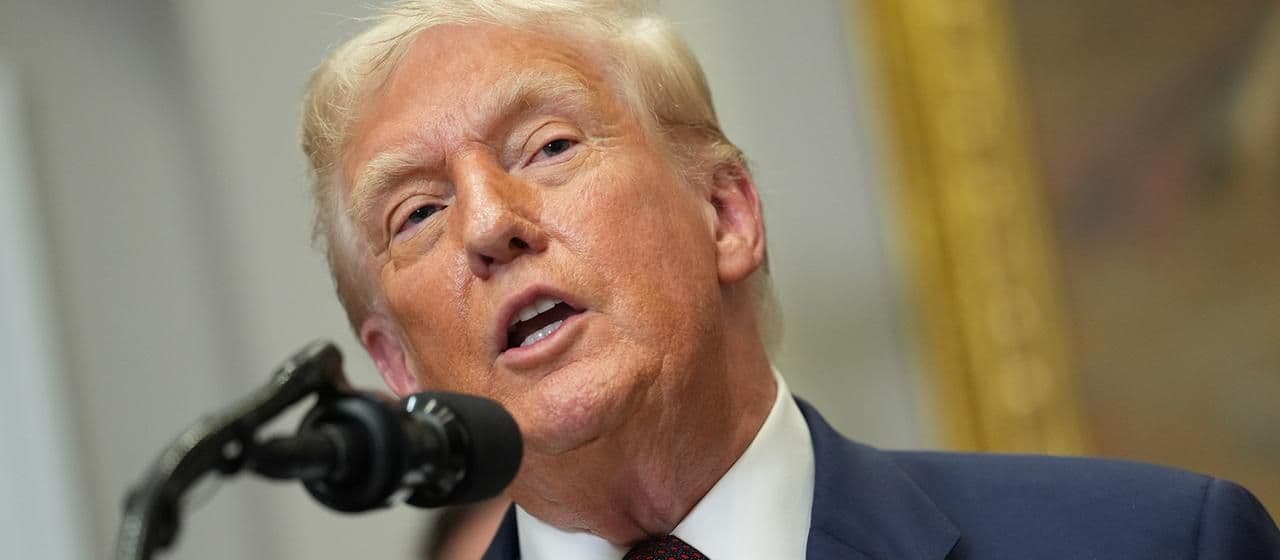
The Unfolding Trade Chessboard: Trump's Tariffs and the Global Response
